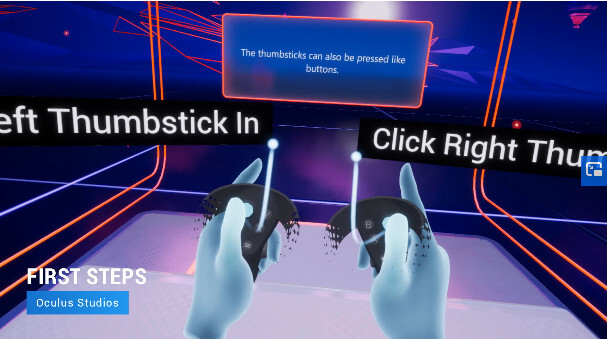
Ocean Black Studio
Design, Develop, and Deploy for VR
Escape Room - Vertical Slice
VR Game Development Pipeline
Preproduction and Ideation
Mind Mapping - Write the problem/topic you’re interested in and write the ideas that help to define the topic further.
Corps Exercise - Have multiple people do concept art.
Forced Connections - Randomly pair adjectives and nouns.
Audience
It may be worth downloading a target audience report
- What are some comparable games (both none and in VR)
- What do they do right?
- What do they do wrong?
Imagine the perfect person for your game and build it around them. Create a user profile for them.
Defining Game Design and Features
- What will the player be doing in your game
- How will they be doing it
- How will they progress?
- What will the nav system look like?
- How is the narrative delivered?
- Will there be a story?
Narrative and transition heavy games are jarring in VR. Take this into account. Test often on playtesters and random people. Ask your testers how they feel about specific features.
In tutorials label the buttons with tags down to the hands.

This is useful for new-to VR players.
- Consider a left-handed mode.
- Implement the oculus hand model as a starting-point.
- Movement needs to feel right.
Teleportation can be used as a secondary mode of movement. It’s not always the most effective for immersive experiences.
Building a Game Design Document (GDD)
- What the game is about
- What it will look like
- How it will feel
- How the user will interact with it
Development and Prototyping
Modular Game Development - Separating the game into modules so multiple developers can work onto the game at once.
Unique Selling Point (USP) - A game mechanic or feature that makes the game stand out from other games.
Prototype
- Art
- Sound
- And UI
Act out what you want to do in-game in a real-world space and prototype it.
Management Tools
Unity Hub - Manages Unity versions across projects.
Version Control - Software used to track changes in your game throughout development. It can act as a safety net.
Github can be used for entry level devs and smaller teams.
Perforce can be used for larger teams and art-heavy video games or large assets.
First Stages of Production
First Playable - a bare-bones version that only has core mechanics and early visuals. Ensure sizing and mechanics are there.
Controls and locomotion should be improved here.
Vertical Slice - A portion of a game to show the look and feel.
First vertical slice should have character and environmental art.
Second vertical slice should be an iteration based on feedback from the first vertical slice. This cycle should be done until users are happy with the end product.
Marketing assets should be made from this slice while the rest of the game is under development.
Aim for at least 90fps on a recommended PC build.
Final Stages of Production
Alpha Build - Content complete with complete core mechanics, art, and gameplay.
Beta Build - When your game is ready to playtest against real-world players with no launch-blocking bugs
Master Build - When your game has been refined to the point of ultimate completion and is deemed ready for your audience.
Distribution, Publication and Marketing
Plan time for submission to the Oculus store
Stages:
- Application
- Fill out information about your game for submission to the Oculus Store
- Technical review
- Game is reviewed for technical issues such as performance issues or bugs
- Content review
- Game is reviewed to see whether or not it meets the content guidelines
- Publishing review
- Assets are checked to make sure they will look good on the Oculus Store.
This can take up to 2 weeks and may be sent back for any reason.
They need to adhere to the Rift Virtual Reality Check (VRC) Guidelines
To help you can run your game through the oculus vrc validator.
Marketing
Press Kits:
- Art assets
- In-game screenshots
- Announcements
- Gameplay Trailers
- One-sheets
- Price
- Gaming platform
- Release date
- Web links
- Game description
- Unique selling points
- Logos
- Company bio
Note: Provide .gifs of in-game visuals to quickly entice players
Social Media
Grab as many handles as you can early on.
Events
Go to gaming conferences whether it’s live or in VR. VR can have many benefits.
Look at where your target demographic spends their time. Plan your growth on where they mostly spend their time.
Discord is a good place to interact with your fanbase
Next Lesson: Using Unity to Develop VR Experiences